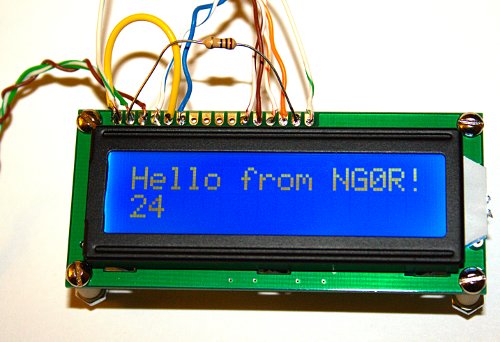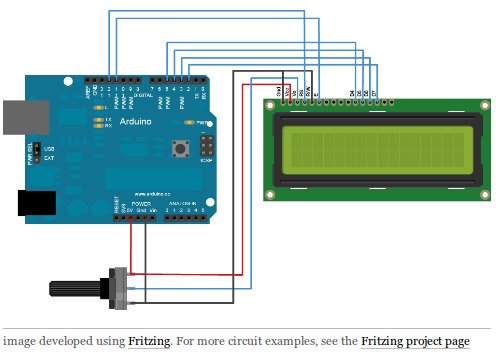
I did it! ...I finally removed all of those projects... I finally stripped those breadboards bare.
I hate breadboards. But sometimes I still use them when I want to prototype something that I don't understand. I am a noob at this electronics thing. There are times (a lot of them) where I need to stick a couple of parts on a board take some measures and see what happens and the breadboards are sometimes good for that.
I have been extremely busy at work for the last 18 months. So busy that work has greatly intruded into my free time. I had quite a few RF projects & experiments in flight some of which were on those breadboards. I noticed at least two QRSS transmitters with 10.140mhz crystals. I noticed at least one 7mhz QRP transmitter & pa based upon the crystal and NPN BJTs on the board. --Who really knows what each of those things was supposed to represent as it was so long ago that it is beyond a blur.
It finally hit me yesterday when I was trying to prototype something with my Arduino Uno and I had no open breadboards to work with.
This afternoon I removed all of the components. Now I have the chore of sorting those parts and returning as many of them as possible back into their proper parts bins.
I take the last couple weeks of cleaning & sorting (for a few minutes at a time) as an indication that I am about ready to start the winter RF building season. It is kind of like the geese migrating south for the winter flying in their classic V formations, my cleaning of the work bench and the acquisition of parts from Digikey, Mouser, Dan's Small Parts, and eBay is a sign that RF construction season is near by.
73 de NG0R




























